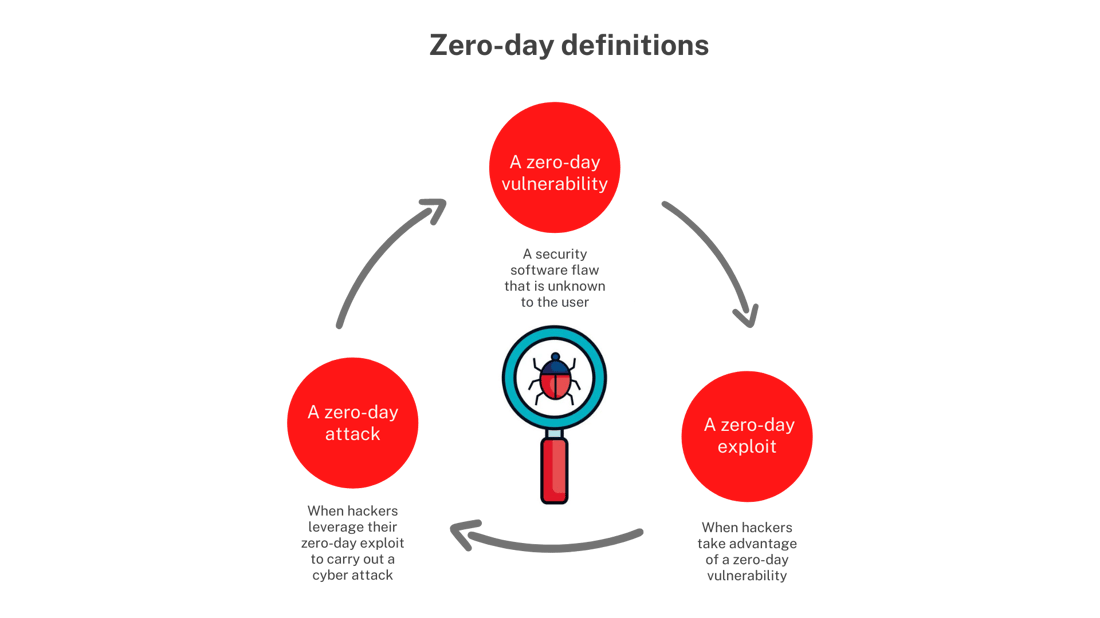 Much of the metal that is used in the construction industry is not one pure metal, but rather is a metal alloy. Because alloys present potential safety concerns as well as many structural benefits, it is vital to have some basic knowledge so that you can use them well.
Much of the metal that is used in the construction industry is not one pure metal, but rather is a metal alloy. Because alloys present potential safety concerns as well as many structural benefits, it is vital to have some basic knowledge so that you can use them well.
Safety First
If you read no farther, it is essential to understand the safety implications of using metal alloys for construction projects. Namely, not all alloys are made properly or are suitable to bear heavy loads. A good way to determine whether a particular metal allow is of sufficient quality is to use a portable hardness testing tool. There are also other ways of measuring the strength of a metal alloy, such as a tensile test.
What Is an Alloy?
Backing up a bit, a metal alloy is the result of the combination of at least two different metals. For example, the bonding material known as solder consists of tin and lead. Stainless steel and brass are also alloys. One of the advantages of using alloys instead of pure metals is that alloys often have qualities that reflect each of its component metals. This means that builders can harness the best characteristics of multiple materials and combine them.
Steel
Steel is the alloy that builders will be the most familiar with. There are many different types of steel alloys, each containing carbon steel and at least one additional metal with specific benefits. For example, chromium can combine with carbon steel to make an alloy that is exceptionally durable. Steel can be mixed with other metals in different proportions, giving rise to different qualities and sometimes different risks in each alloy.
Because metal alloys are so ubiquitous in the construction industry and many other fields, it is prudent to understand some of their basic qualities. This will allow you to get the greatest benefit out of the metals you use in your line of work without encountering safety or structural issues.
































